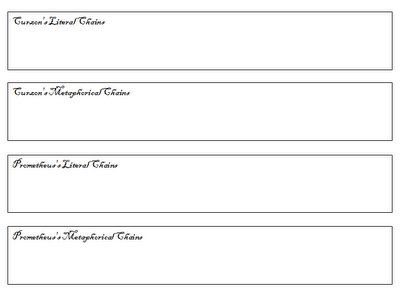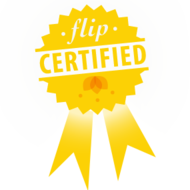We are fortunate enough to have this software preloaded on all student and teacher laptops, but many of the kids still do not know how to use it. Inspiration is a software that allows you to type information into graphic organizers or webs. There are several different options for these bubbles, as well, including shapes, images, colors and formatting.
These webs allow students to visually organize information for practice when worksheets or more traditional study methods have become tedious or ineffective. There are also tons of templates preloaded into the software for common topics in reading, math, science, social studies and music.
Earlier this week, we tackled the topic of cells, tissues, organs and systems, and to me, this subject matter needs visual organization for it to make sense. To display this idea, we created webs of six of the human systems (digestive, respiratory, circulatory, muscular, nervous, and skeletal) and mapped out their parts (organs) with images of the cells. This way, students had an electronic document showing the diverse appearances of different human cells.
We have used these kinds of webs in reading and science with much success. What is even more exciting, however, are the potentialities for writing. As long as the web bubbles and links are formatted correctly, Inspiration can take the web and convert it into an outline. This outline is printable and can also be copied into Microsoft Word for crafting essays and paragraphs. Get inspired!





















